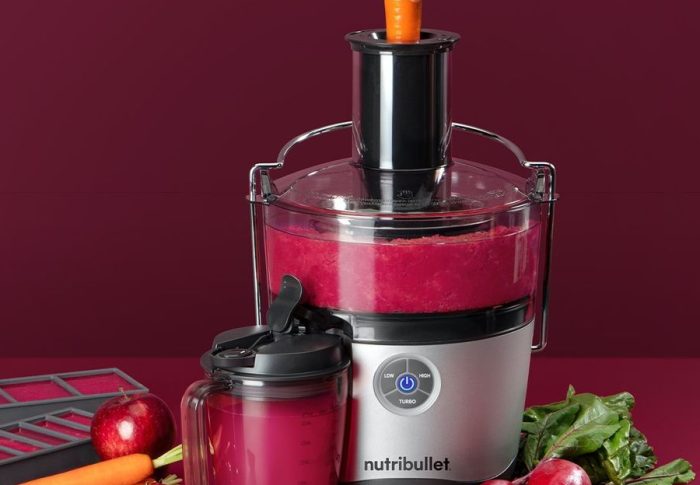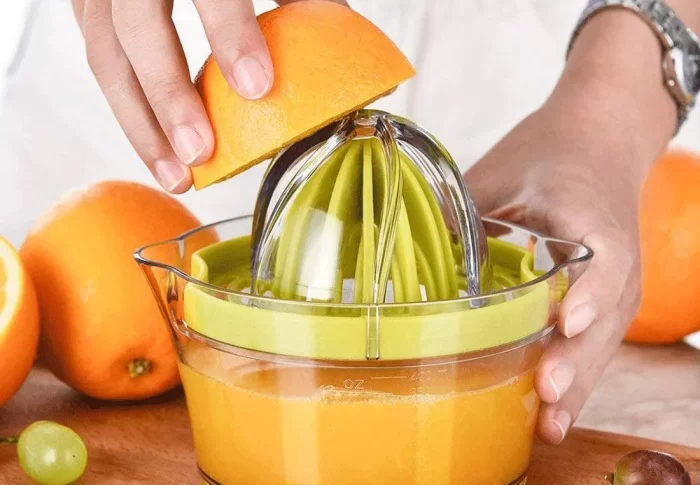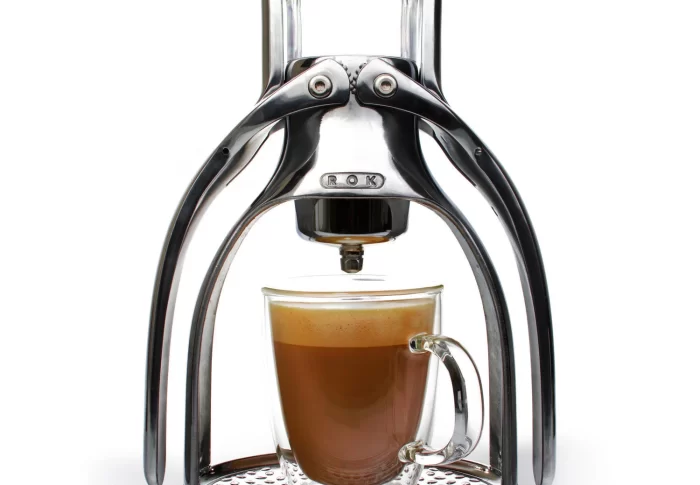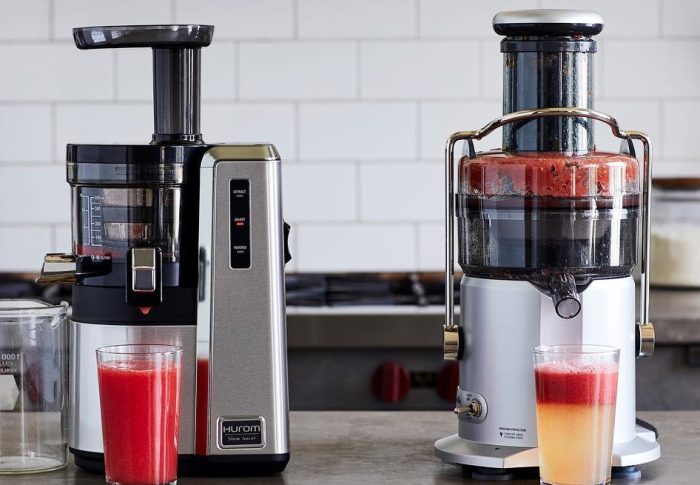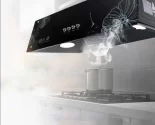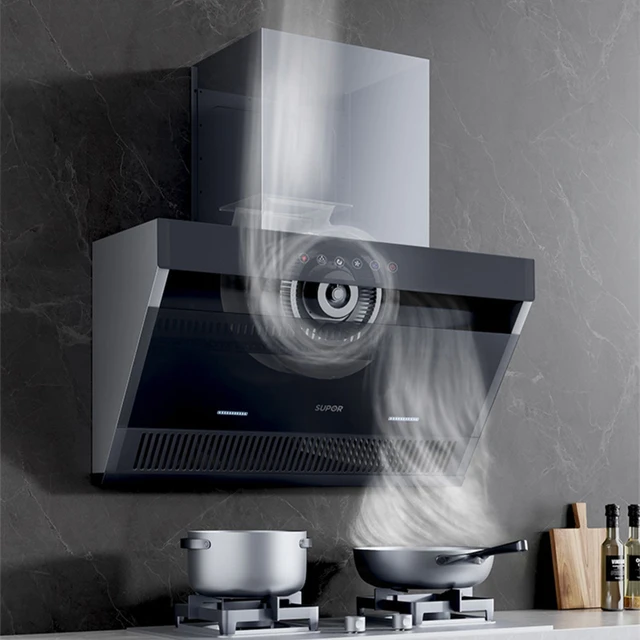
What is the best way to clean range hood filters?
Introduction
Range hood filters are essential components of kitchen ventilation systems, as they capture grease, smoke, and airborne particles during cooking. Over time, these filters become dirty and clogged, compromising their effectiveness and potentially leading to unpleasant odors and poor air quality. Regular cleaning of range hood filters is crucial to maintain optimal performance and a clean kitchen environment. In this guide, we will outline the best practices for cleaning range hood filters effectively. From removing and inspecting the filters to using suitable cleaning agents and techniques, we will provide specific steps and tips to ensure that your range hood filters remain clean and efficient.
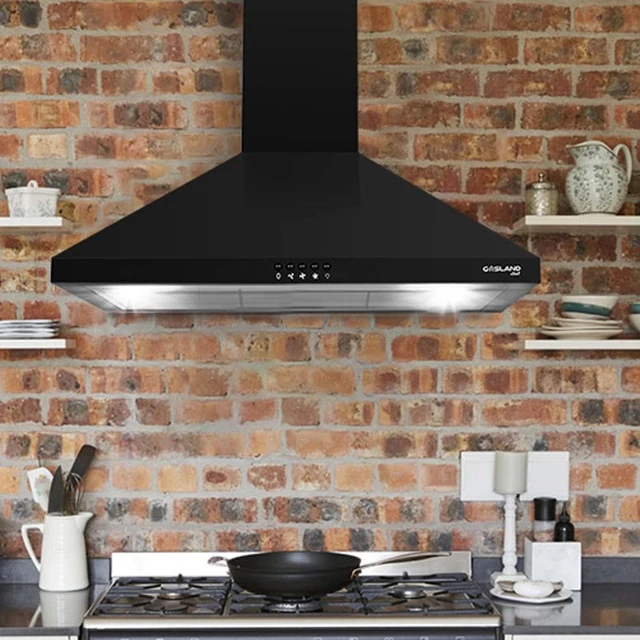
What is the best way to clean range hood filters?
Removal and Inspection
1.1. Unplug and Cool Down
Before starting the cleaning process, always unplug the range hood and ensure that it has cooled down completely. This precaution is important for safety and to prevent any electrical hazards during the cleaning process.
1.2. Filter Removal
Remove the range hood filters according to the manufacturer’s instructions. Filters may be accessed from below the range hood or by removing a cover. Take note of the type of filter you have (e.g., mesh, baffle, or charcoal) to determine the best cleaning method.
1.3. Inspection
Examine the filters for visible build-up of grease, dust, and debris. Note any damaged or worn areas that may require attention or replacement. A thorough inspection helps determine the level of cleaning required and identifies any maintenance needs.
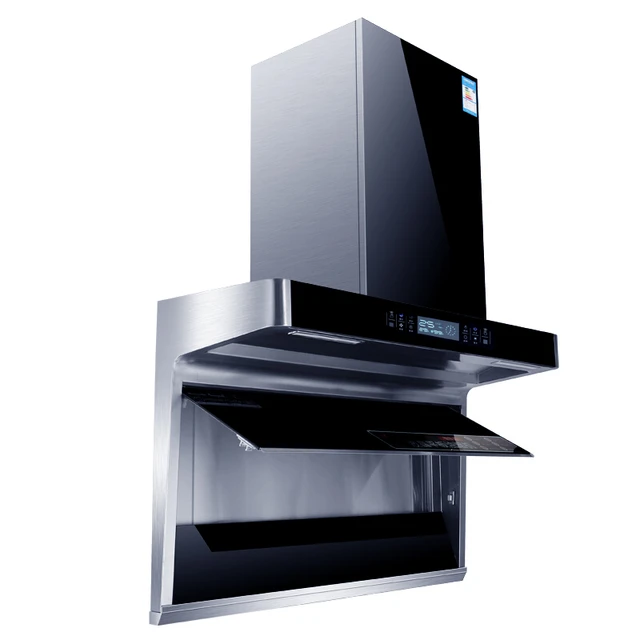
Cleaning Solutions and Techniques
2.1. Degreasing Agents
For removing grease from metal mesh filters, household degreasing agents like dish soap, vinegar, or baking soda are effective choices. These agents help break down grease and grime, making it easier to clean the filters.
2.2. Soaking Method
For smaller filters or heavily soiled ones, soaking in a degreasing solution can be highly effective. Fill a sink or basin with warm water and add a few drops of dish soap or a quarter cup of vinegar. Submerge the filters and let them soak for 15-30 minutes to loosen residues.
2.3. Scrubbing Brushes and Tools
Use a scrubbing brush or non-abrasive sponge to gently scrub the filters, focusing on areas with stubborn build-up. Nylon bristle brushes or soft-bristle toothbrushes work well for dislodging grease and dirt without damaging the filters’ surfaces.
2.4. Charcoal Filters
If your range hood contains charcoal filters, check the manufacturer’s guidelines for cleaning recommendations. Typically, charcoal filters are not washable and require replacement every 6-12 months, depending on usage and filter lifespan.
Cleaning Mesh Filters
3.1. Pre-rinsing
Before beginning the cleaning process, rinse the mesh filters under hot water to remove loose debris and surface grease. This step helps facilitate the cleaning and prevents excessive grease accumulation in the cleaning solution.
3.2. Soaking and Scrubbing
Submerge the filters in the degreasing solution or apply the cleaning agent directly to the filters. Use a scrub brush or sponge to gently scrub the filters, paying attention to areas with heavier grease build-up. Scrub in circular motions to ensure thorough cleaning.
3.3. Rinse and Repeat
Once the filters are thoroughly scrubbed, rinse them under hot water to remove any remaining cleaning solution and loosened grease. Inspect the filters to ensure they are clean and repeat the process if necessary. Proper rinsing is essential to prevent residue from accumulating on the filters during drying.
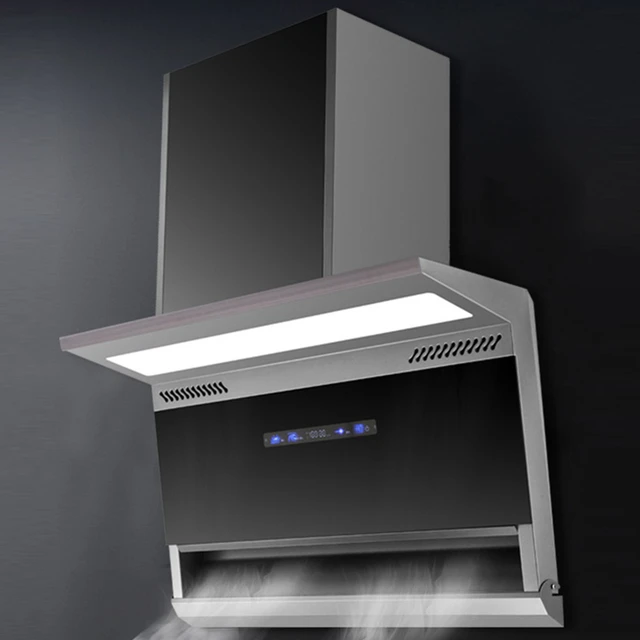
Cleaning Baffle Filters
4.1. Soaking and Degreasing
Baffle filters have a unique design that helps trap and separate grease from the air. To clean baffle filters, begin by submerging them in a degreasing solution or applying the cleaning agent directly to the filters. Allow them to soak for a few minutes to loosen grease and grime.
4.2. Scrubbing and Rinsing
Using a non-abrasive scrub brush or sponge, gently scrub the baffle filters, paying attention to the individual panels and slots. Scrub thoroughly to remove any remaining grease or residue. Rinse the filters under hot water to ensure they are clean and free from cleaning solution residues.
4.3. Drying and Reassembly
Once cleaned and rinsed, allow the baffle filters to air dry completely before reassembling them into the range hood. Ensure that the filters are dry to prevent any potential mold or mildew growth.
Cleaning Charcoal Filters
5.1. Replacement Considerations
Charcoal filters differ from mesh or baffle filters, as they contain absorbent activated charcoal to trap and neutralize odors. These filters are typically not washable or reusable. Check the manufacturer’s guidelines to determine if cleaning or replacement is recommended for your specific range hood model.
5.2. Replacement Timing
Charcoal filters should be replaced every 6-12 months, depending on the manufacturer’s recommendations and frequency of cooking. Regular replacement ensures optimal odor reduction and maintains the effectiveness of your range hood.
Routine Maintenance and Tips
6.1. Frequency of Cleaning
The frequency of range hood filter cleaning depends on cooking habits and the type of cooking done in your kitchen. As a general rule of thumb, clean mesh or baffle filters every 1-3 months and inspect them regularly for accumulated grease or debris. Charcoal filters should be inspected and replaced according to the manufacturer’s guidelines.
6.2. Protection and Prevention
While regular cleaning is important, preventive measures can help reduce grease accumulation on the filters. Use splatter screens or lids while cooking, especially when frying or using high-fat cooking methods. Regularly wipe down the range hood interior and surfaces to minimize grease buildup.
6.3. Safety Precautions
When cleaning range hood filters, always wear protective gloves to avoid direct contact with grease or cleaning agents. Follow the manufacturer’s instructions and adhere to proper safety precautions to prevent accidents or damage to yourself or the range hood components.
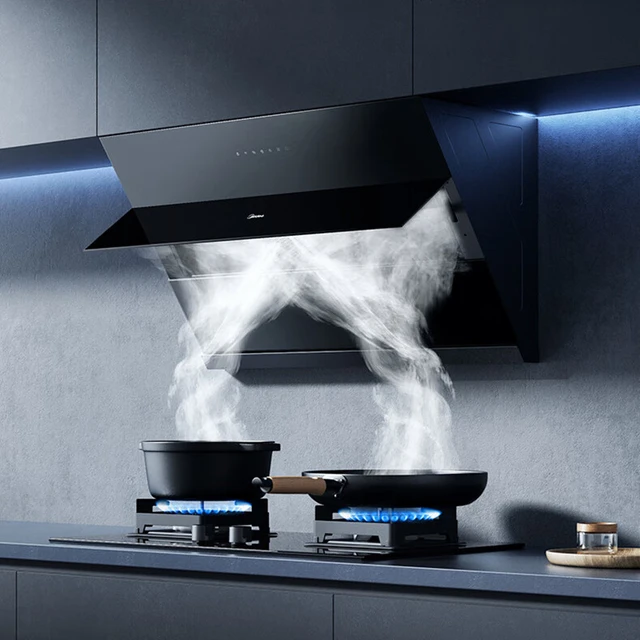
Reinstallation and Post-Cleaning Inspection
7.1. Proper Placement
After the filters have been cleaned, dried, and inspected for cleanliness, reinsert them into the range hood. Ensure they are correctly aligned and securely fastened according to the manufacturer’s instructions. Care should be taken to ensure that the smoker is installed correctly to ensure proper operation.
7.2. Functional Check
Turn on the range hood and ensure the filters are properly functioning. Verify that air is being efficiently drawn through the filters and that the range hood effectively removes smoke and odors while providing good airflow.
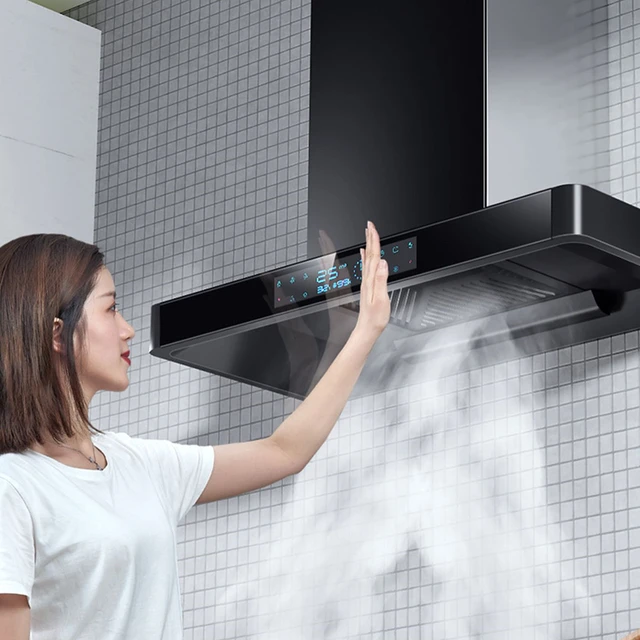
Conclusion
Cleaning range hood filters is essential to maintain optimal performance, prevent the accumulation of grease, and ensure a healthy kitchen environment. Whether you have mesh, baffle, or charcoal filters, understanding the appropriate cleaning techniques specific to each type is crucial. Regular cleaning, rinsing, and thorough drying will help prolong the lifespan of the filters and maintain their efficiency.
Adhering to routine maintenance and cleaning schedules, practicing preventive measures, and following manufacturer’s guidelines ensure that your range hood remains functional, efficient, and free from unpleasant odors. By implementing effective cleaning techniques and incorporating these practices into your cleaning routine, you can confidently maintain a fresh and efficient kitchen environment.

